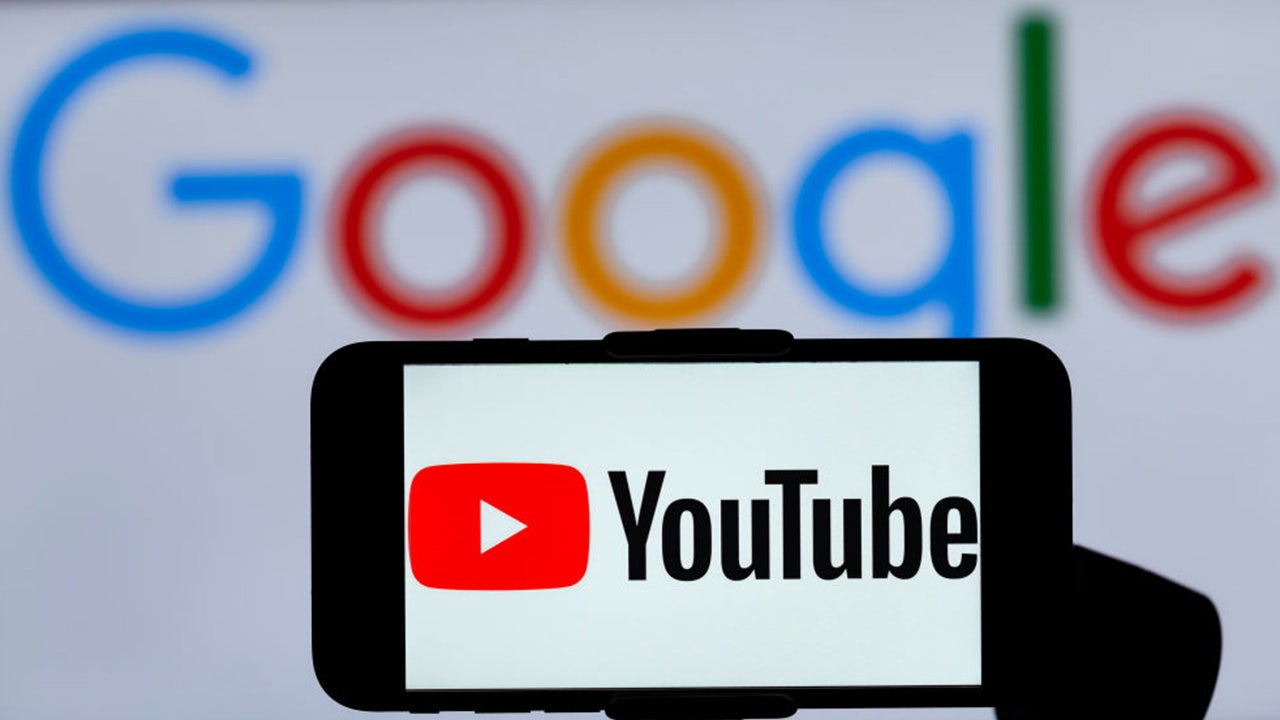Some users of YouTube in the United States may be barred from the platform starting Wednesday as the Google-owned media giant plans to roll out ID verification, amid a trend of similar decisions propping up around the debate about online safety.
Why it matters
- YouTube's decision to implement ID verification highlights the increasing focus on online safety and user accountability.
- This move may set a precedent for other social media platforms to follow suit in their attempts to enhance security measures.
- The initiative reflects growing pressures from lawmakers and the public for stricter regulations in the digital space.
In a significant shift towards enhanced online safety, YouTube has announced that it will start requiring some users in the United States to verify their identity through ID checks. This initiative, set to begin on Wednesday, is part of a broader trend of digital platforms adopting stricter security measures to combat various online threats. The move comes as conversations surrounding user safety, online harassment, and misinformation gain momentum, sparking debates about the responsibilities of tech companies in ensuring a secure online environment.
The decision to roll out ID verification is not isolated to YouTube; it mirrors similar actions taken by various social media organizations and online platforms around the world. As digital interactions become increasingly intertwined with daily life, the call for enhanced security has become louder. YouTube, which is owned by Google, has recognized the need to adapt to these evolving challenges, striving to create a safer space for its users.
The ID verification process aims to authenticate users by requiring them to submit valid identification, which could include government-issued ID cards or other forms of identity verification. This initiative is designed to limit the creation of fake accounts and to ensure that users are who they claim to be, thereby reducing instances of online fraud, harassment, and abuse. The platform's spokesperson emphasized that the primary goal is to foster a safer online community, where users can engage without fear of impersonation or malicious activity.
This move has garnered mixed reactions from users and privacy advocates alike. While some applaud the initiative as a necessary step towards greater accountability online, others express concerns regarding privacy and the potential misuse of personal information. Critics argue that requiring ID verification could deter users from participating in the platform, particularly those who value anonymity or have concerns about sharing their personal data with large corporations.
The implementation of ID verification is also indicative of a larger trend within the tech industry. As lawmakers and regulators worldwide push for greater accountability from tech giants, companies are beginning to take proactive measures to align with emerging regulations and public expectations. In recent months, several countries have introduced or proposed legislation aimed at enhancing online safety, leading to a ripple effect across the global digital landscape. In this context, YouTube’s ID verification is seen as a strategic move to stay ahead of regulatory pressures and maintain its reputation as a responsible platform.
Moreover, YouTube's decision aligns with similar policies being adopted by other platforms such as Facebook and Twitter, which have also explored or implemented ID verification measures to tackle the issues of misinformation and user safety. As these platforms grapple with the consequences of unchecked online behavior, the industry as a whole is witnessing a shift towards more stringent policies designed to protect users and promote a healthier online environment.
As YouTube prepares to roll out this verification process, users can expect to receive notifications and instructions on how to comply with the new requirements. The platform is working to ensure that the verification process is straightforward and accessible, aiming to minimize disruptions for genuine users while effectively mitigating risks associated with fake accounts.
In conclusion, YouTube's move to implement ID verification for certain users in the United States reflects a growing commitment to online safety amidst increasing scrutiny from regulators and the public. As the digital landscape continues to evolve, the effectiveness of such measures will be closely monitored, and their impact on user engagement and platform dynamics will likely shape the future of online interactions.











